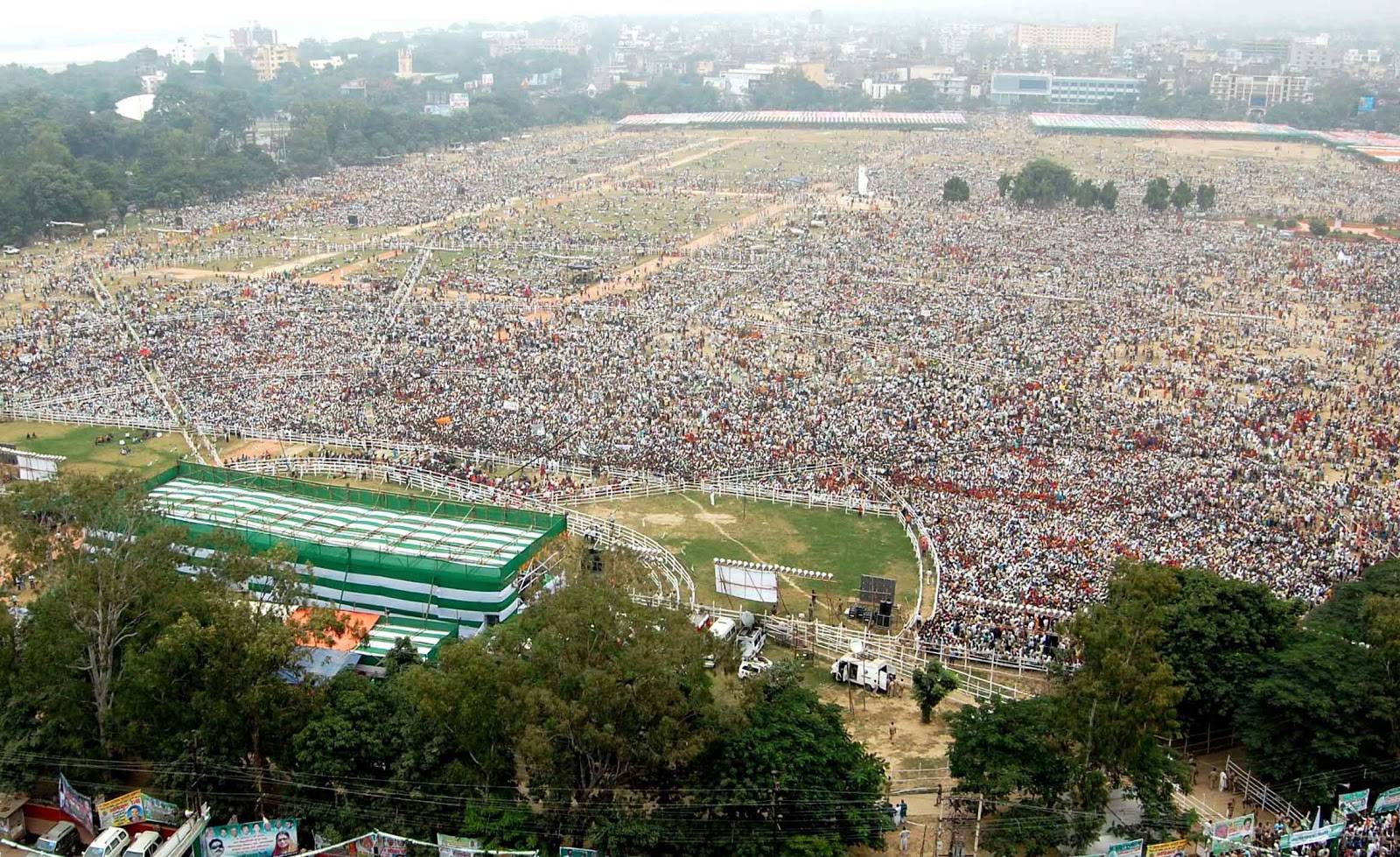Large crowds are a powerful symbol. Often they are an indication of something being wrong, something needed to be rectified by people in power. If the rulers fail to take note, a crowd has a way of turning into a nasty mob, an agitated congruence of aggrieved people blinded by a destructive rage. Bastille is an example of what a mob (mobile vulgus) can wreak. The French Revolution that changed not only France, but also Europe and the rest of the world, introducing it to liberty, equality and fraternity, was set off by a mamoth crowd at Bastille.
What happened at Patna on August 27 is ominously reminiscent of that crucial moment in history when furious crowds stormed Bastille and demolished the old order–French monarchy and feudalism–and ushered in a new era, producing ideas that the world values even today. Rumblings under the earth are an indicator of a massive earth quake on way. The movement of tectonic plates deep inside the earth have to be constantly watched with seismographs and the behaviour of some animals.

The unusually large crowd at Gandhi Maidan, the like of which has not been seen in years, if not decades, does not augur well for the NDA at Patna and Delhi. Happy, satisfied people do not throng in such large numbers at a political rally. People are deeply concerned about huge job losses, virtually stagnant job creation, decimation of smaller businesses in the wake of note ban, lynching, murder and systematic goonda attacks on Muslims, Dalits (and, sometimes) Christians by Sangh’s lumpen ruffians.
All this has been happening as NDA governments have preferred to look the other way, dereliction of duty by the state. The situation has become so grim that the latest report of US State Department’s Religious Freedom Commission has observed that the murderous “cow vigilantes have not been punished.” On the other hand, different governments have encouraged those pious ruffians.
The gathering at Gandhi Maidan, sponsored by RJD and supported by more than 13 Opposition parties of India, also indicated a deep-seated resentment at Nitish Kumar’s betrayal of their trust that they had reposed in him by voting for the Mahagathbandhan. At one go, without thinking for a moment about this treacherous breach of trust, Nitish had walked out of the Mahagathbandhan and joined the BJP-led NDA. Few turncoats in India’s history can match that record.
Senior Opposition leaders like Mamata Banerjee, Akhilesh Yadav, Sharad Yadav, Hemant Soren and Ghulam Nabi Azad attended the rally. The NDA grapevine tried to spread the disinformation that by sending Ghulam Nabi Azad to Patna, the top two Congress leaders–Sonia and Rahul Gandhi–had refrained from joining the Patna rally. The fact remains that they had been in constant touch with Lalu and Tejaswi Yadav.
It is also heartening to note that Lalu’s sons have come of age, and with their persuasive and bold style they can hold their own. Now is the time for the secular opposition to come together to “Save the Constitution and Build the Nation,” the theme of All India Milli Council’s conclave at Talkatora stadium on July 30, 2017 which was hugely attended by a cross-section of society.
The secular Opposition has to learn to stay together and work together for a secular, democratic India that is prosperous, peaceful and healthy.
The crowd at Bastille - Article by Dr Manzoor Alam. http://jameelblr.blogspot.in/2017/08/the-crowd-at-bastille.html
The crowd at Bastille - Article by Dr Manzoor Alam. http://jameelblr.blogspot.in/2017/08/the-crowd-at-bastille.html







